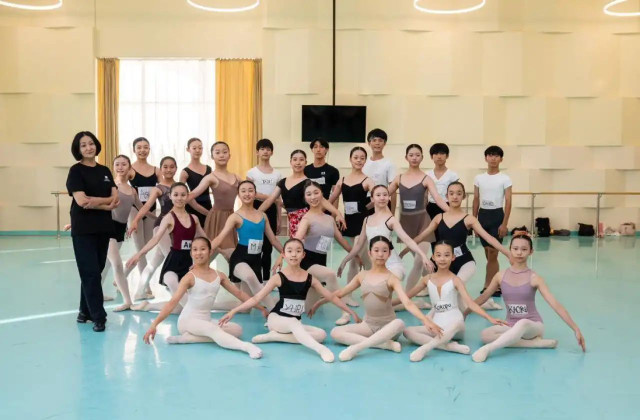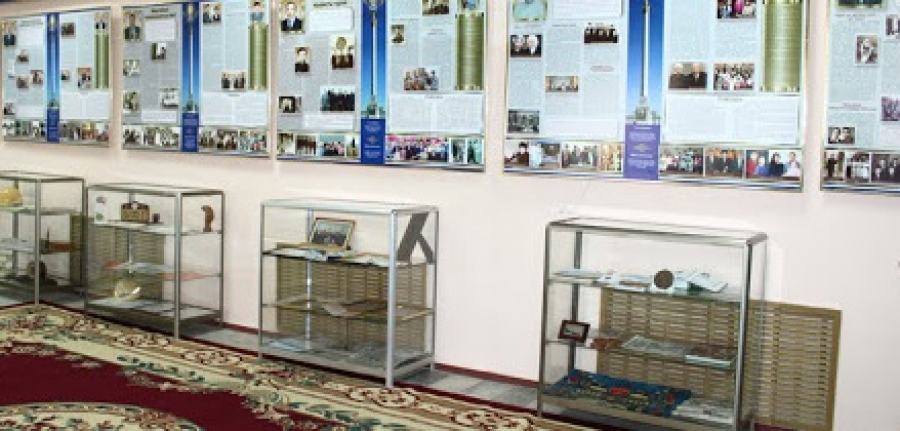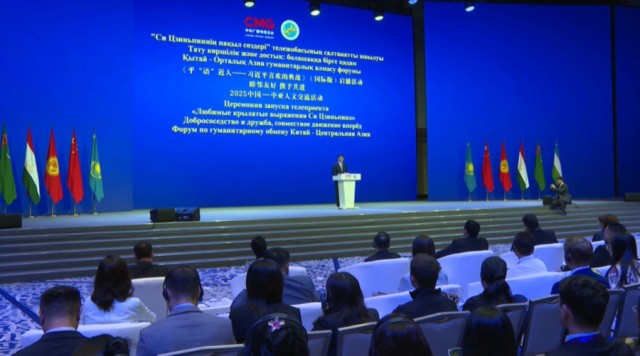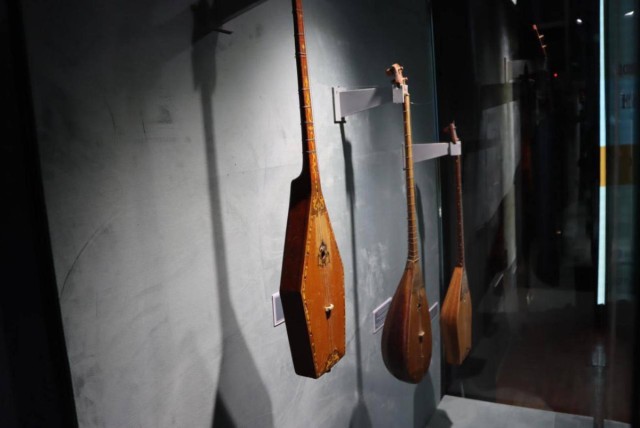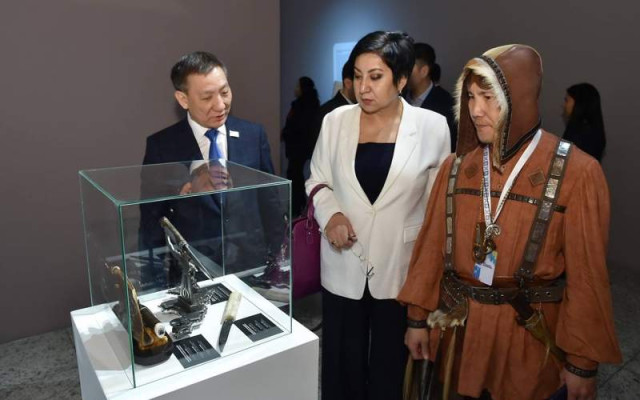
An exhibition of Islamic calligraphy has opened in Astana,
featuring around 30 works that illustrate the historical and cultural
significance of calligraphic art in Central Asia. Each piece carries a deep
spiritual meaning. In addition, masters and guardians of handwritten traditions
from Türkiye, Uzbekistan, the Kyrgyz Republic, and Kazakhstan held
masterclasses, showcasing their skills and discussing the diversity of
calligraphy styles and artistic techniques. Kazakh calligrapher Assylbek
Orynbassar takes great pride in his craft. He is the only calligrapher in
Central Asia to have received authorization from renowned Turkish specialists
in Islamic calligraphy. His inscriptions adorn major mosques across the
country.
«The bamboo qalam is the primary traditional tool for
calligraphy—a time-tested instrument used for centuries. It is lightweight,
convenient, and easy to use. If it were made of metal, I would have been
exhausted long ago, as we handwrite many treatises and manuscripts, covering
large surfaces in mosques. It is a dry, inexpensive, and highly practical tool,
making it exceptionally comfortable to use,» Orynbassar said.
«There are different types of calligraphy—some written in
Arabic script, others in Latin or Cyrillic. Calligraphy can provide insights
into where and by whom a book was written, even revealing the writer’s level of
education. For paleographers studying manuscripts in Turkic, Persian, or
Chagatai, the analysis of calligraphy is particularly important,» said Almat
Absalikov, chief expert at the National Center of Manuscripts and Rare Books.



